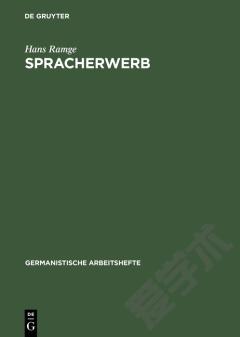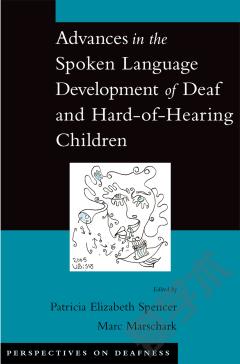Starting Over – The Language Development in Internationally-Adopted Children.
Internationally-adopted children are a unique population of language learners. They discontinue acquisition of their birth language when they are adopted by families that speak other languages. Their unique language learning history raises important practical, clinical and theoretical issues. Practically speaking: what is the typical language learning trajectory of these children after adoption and what factors affect their language learning: age at adoption, country of origin, quality and nature of the pre-adoption learning environment, and others. They also raise important theoretical questions: How resilient is their socio-emotional, cognitive and language development following adoption? Does their language development resemble that of first or second language learners, or something else? Do they experience total attrition of their birth language? Are there neuro-cognitive traces of the birth language after adoption and what neuro-cognitive processes underlie acquisition and processing of the adopted language; are they the same as those of monolingual native speakers or those of early second language learners? And, how do we interpret differences, if any, between adopted and non-adoptive children? Chapters in this volume by leading researchers review research and provide insights on these issues.
{{comment.content}}








 京公网安备 11010802027623号
京公网安备 11010802027623号